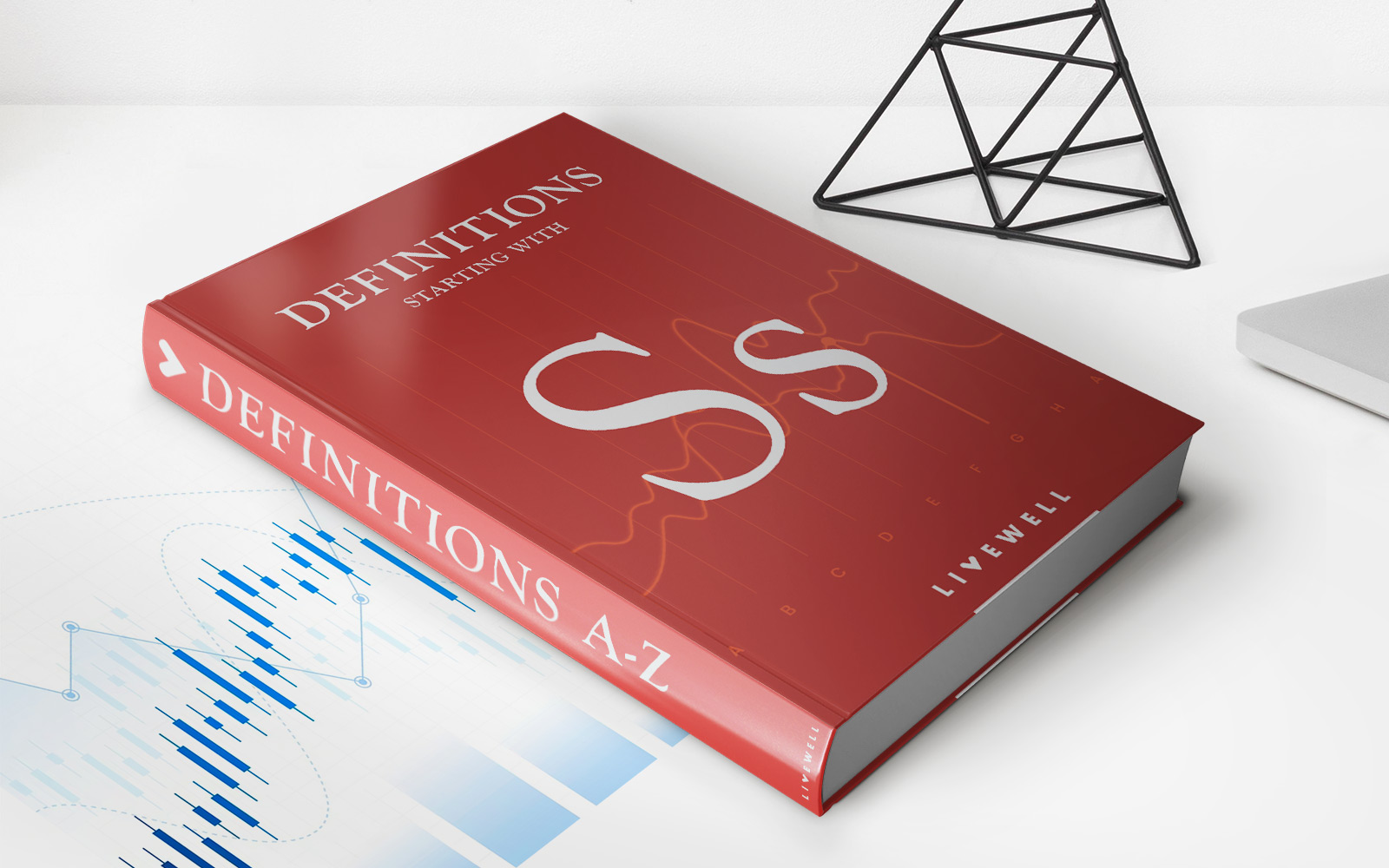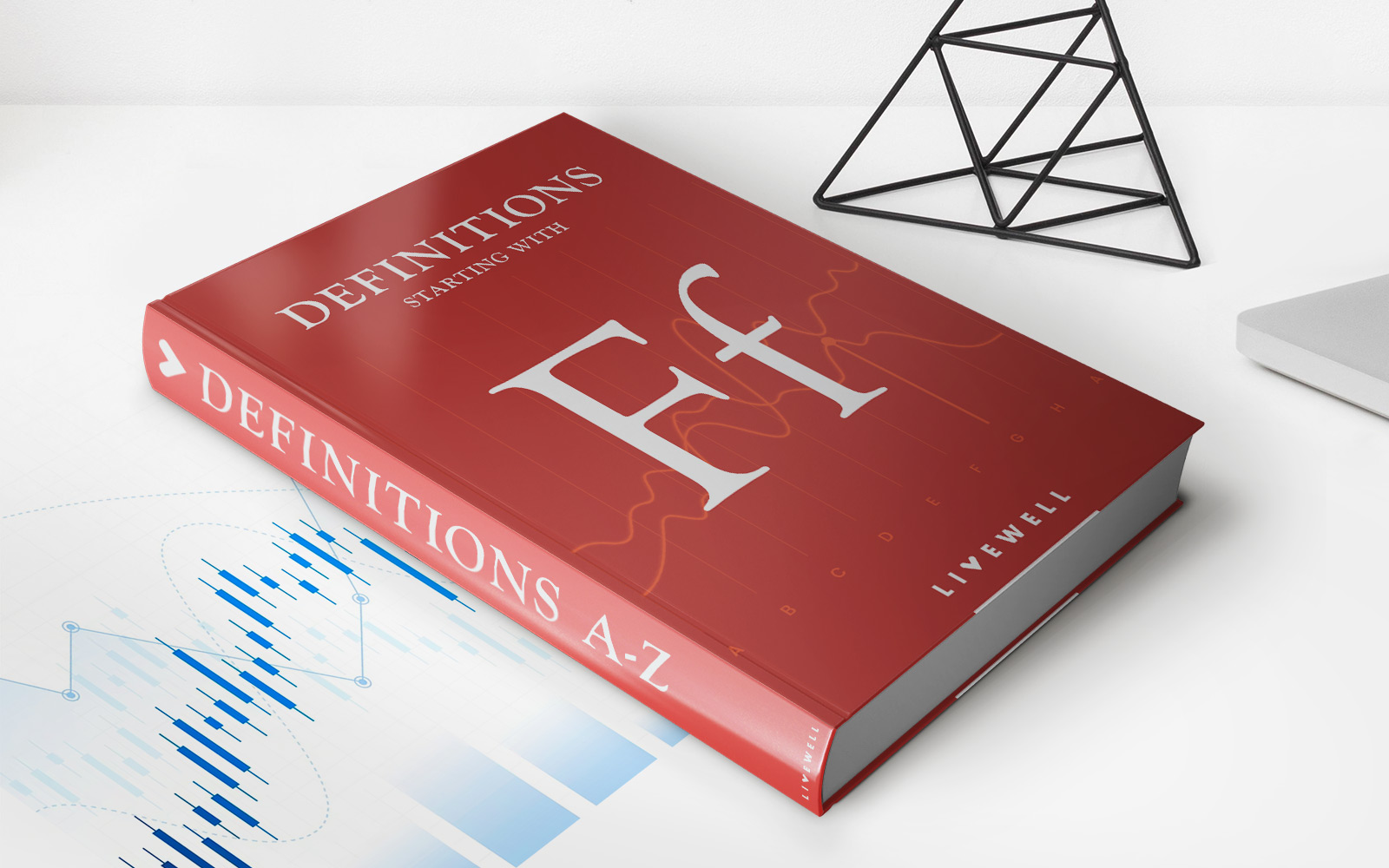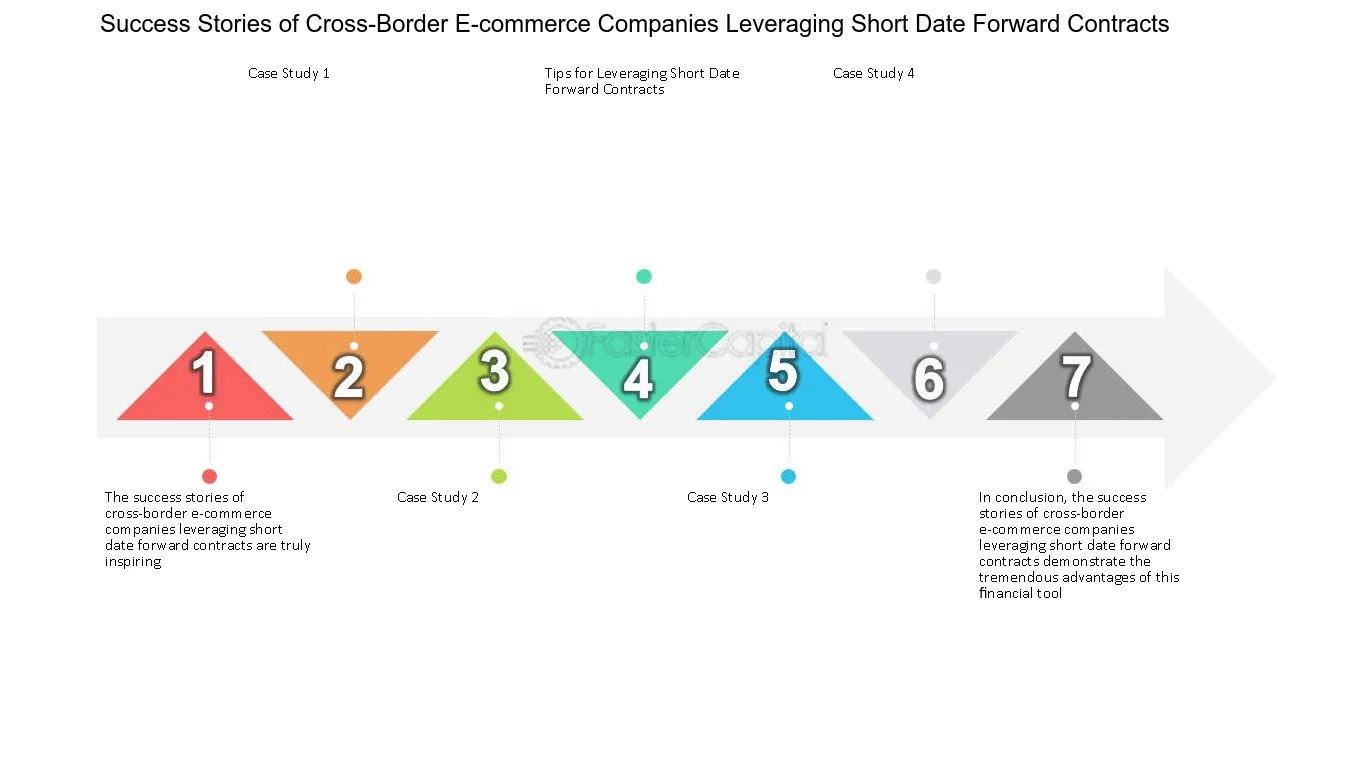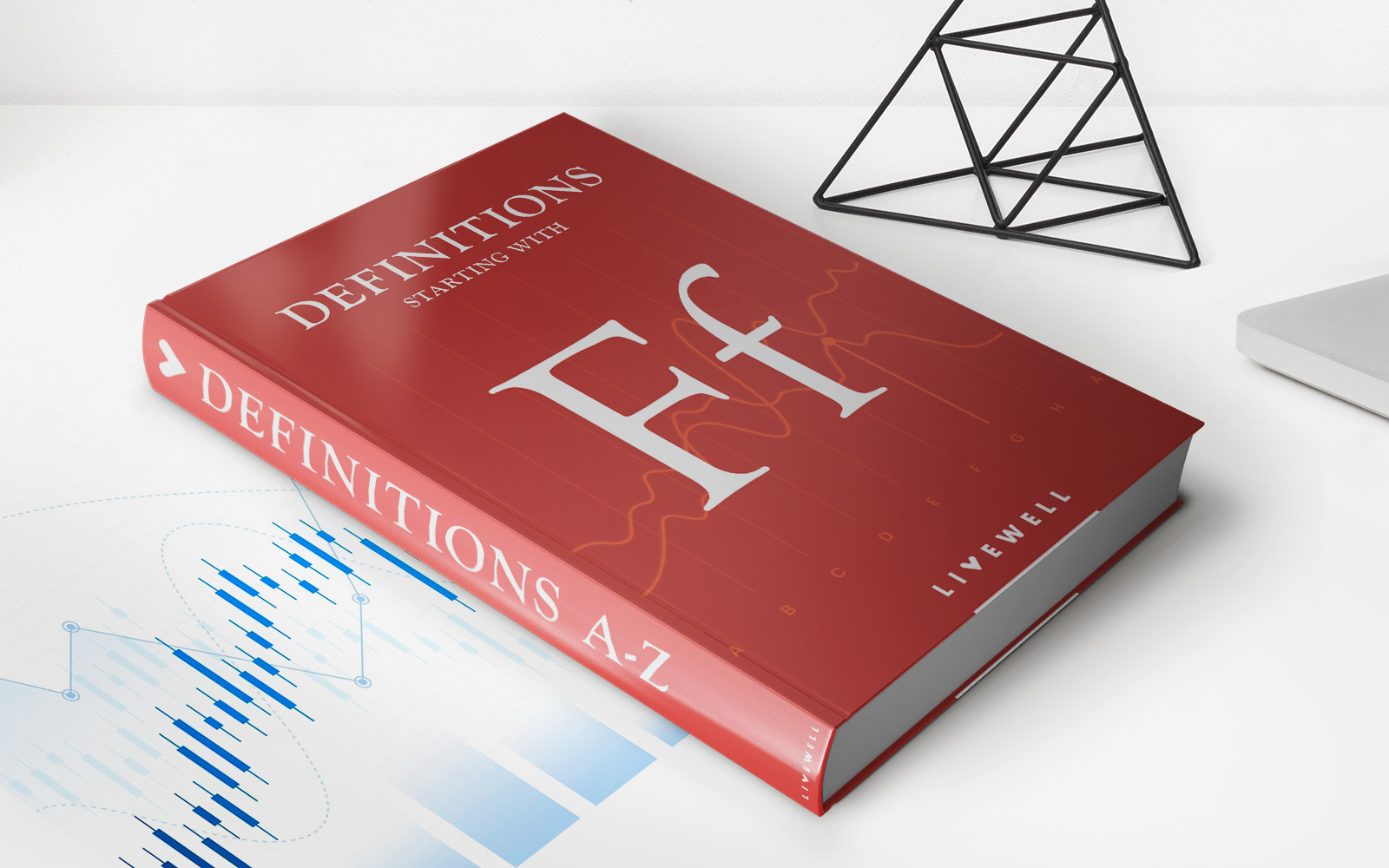Home>Finance>Synthetic Forward Contract: Definition, How It Works, Example
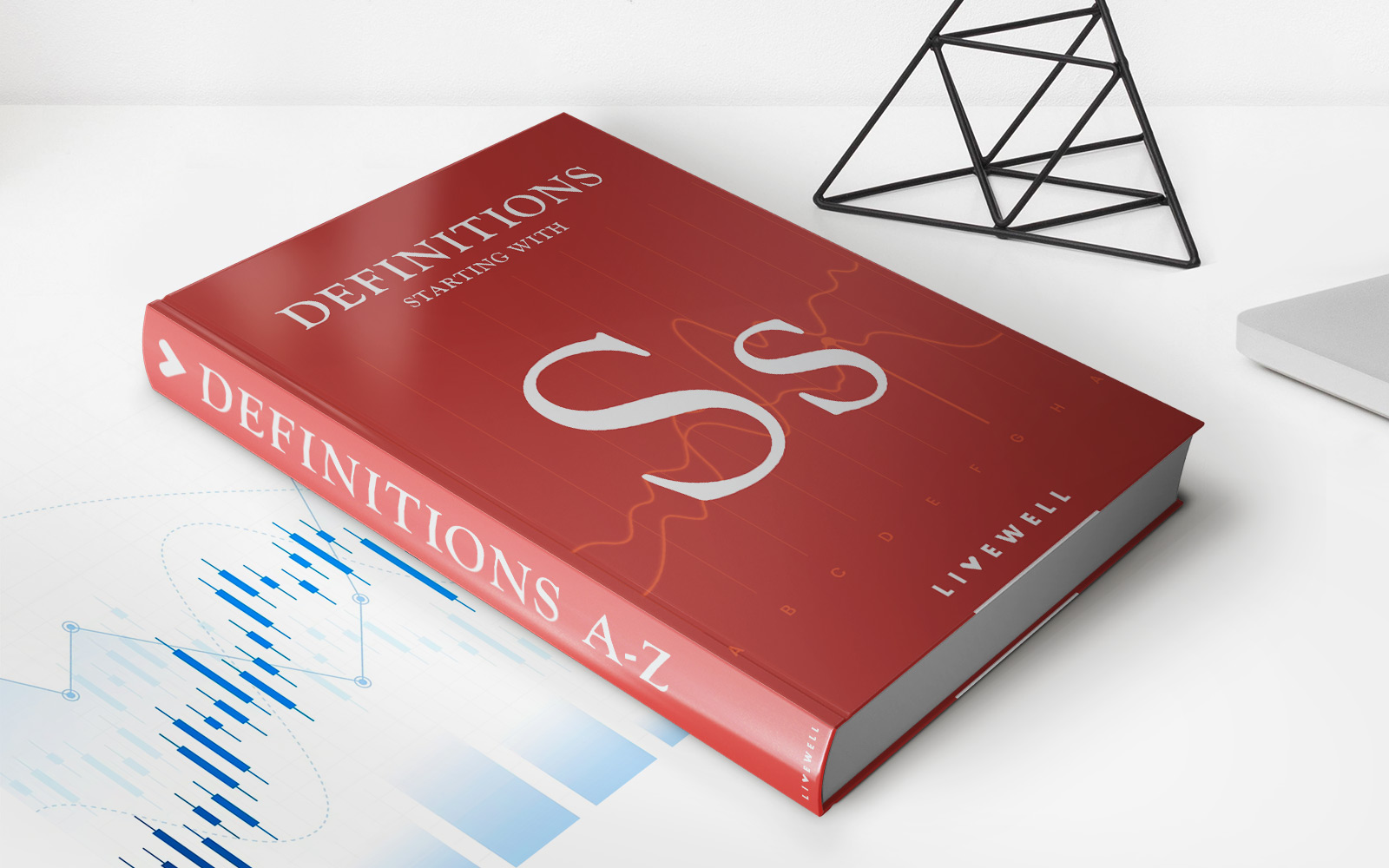

Finance
Synthetic Forward Contract: Definition, How It Works, Example
Published: February 5, 2024
Get a clear understanding of synthetic forward contracts in finance, including its definition, working mechanism, and a practical example.
(Many of the links in this article redirect to a specific reviewed product. Your purchase of these products through affiliate links helps to generate commission for LiveWell, at no extra cost. Learn more)
The Synthetic Forward Contract: Understanding Definition, How it Works, and Example
Are you looking to expand your knowledge of financial instruments and derivatives? If so, you’ve come to the right place. In this article, we’ll dive into the world of synthetic forward contracts, exploring their definition, how they work, and providing an example to help you better understand this complex concept.
Key Takeaways:
- A synthetic forward contract is a financial instrument that aims to replicate the cash flow and risk profile of a traditional forward contract.
- It involves using a combination of other financial instruments, such as options and underlying assets, to create the desired exposure.
What is a Synthetic Forward Contract?
A synthetic forward contract is a derivative financial instrument that aims to replicate the cash flow and risk profile of a traditional forward contract. It does this by using a combination of other financial instruments, such as options and underlying assets, to create the desired exposure.
Unlike traditional forward contracts, which involve a direct agreement between two parties to buy or sell an asset at a future date and predetermined price, synthetic forward contracts offer more flexibility and customization. They allow investors to create a similar risk and return profile without entering into a direct agreement.
How Does a Synthetic Forward Contract Work?
Let’s explore how a synthetic forward contract works through a simplified example:
- An investor wants to profit from a potential increase in the price of a specific stock.
- Instead of buying the stock directly, the investor decides to create a synthetic forward contract.
- The investor purchases a call option for the desired stock, which gives them the right to buy the stock at a predetermined price within a specific timeframe.
- To offset the cost of the call option, the investor sells a put option for the same stock, which gives someone else the right to sell the stock to the investor at a predetermined price within a specific timeframe.
- In this scenario, if the stock price increases, the investor can exercise the call option and buy the stock at a lower predetermined price, profiting from the difference.
- If the stock price decreases, the investor does not exercise the call option, and the put option will expire worthless.
By combining these two options, the investor has created a synthetic forward contract that allows them to profit from an increase in the stock price while limiting their downside risk.
Example of a Synthetic Forward Contract
To further illustrate the concept, let’s consider an example:
An organization operates in the manufacturing industry and depends on a steady supply of raw materials. To ensure price stability, they want to create a synthetic forward contract to protect against future price increases.
- The organization purchases a call option on the raw material they need. This gives them the right to buy the raw material at a predetermined price in the future.
- To fund the purchase of the call option, the organization sells a put option on the raw material. This gives someone else the right to sell the raw material to the organization at a predetermined price in the future.
- If the price of the raw material increases in the future, the organization can exercise the call option and buy the raw material at a lower predetermined price, mitigating the impact of the price increase.
- If the price of the raw material decreases, the organization does not exercise the call option, and the put option expires worthless.
In this example, the organization has created a synthetic forward contract that allows them to protect against potential price increases while maintaining the flexibility to benefit from price decreases.
Conclusion
The world of financial instruments can be complex, but understanding synthetic forward contracts is an essential step for anyone looking to expand their knowledge. These contracts offer investors flexibility and customization while replicating the risk and return profile of traditional forward contracts. By combining options and underlying assets, investors can create a synthetic forward contract tailored to their specific needs. Whether you’re a beginner or an expert, understanding synthetic forward contracts can have a profound impact on your financial decision-making abilities.

